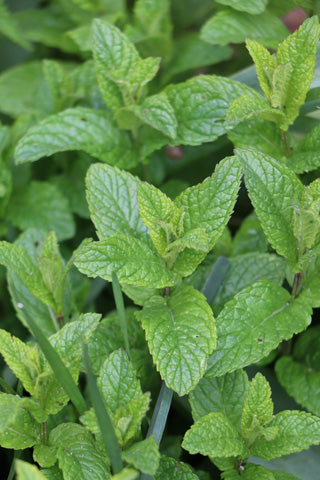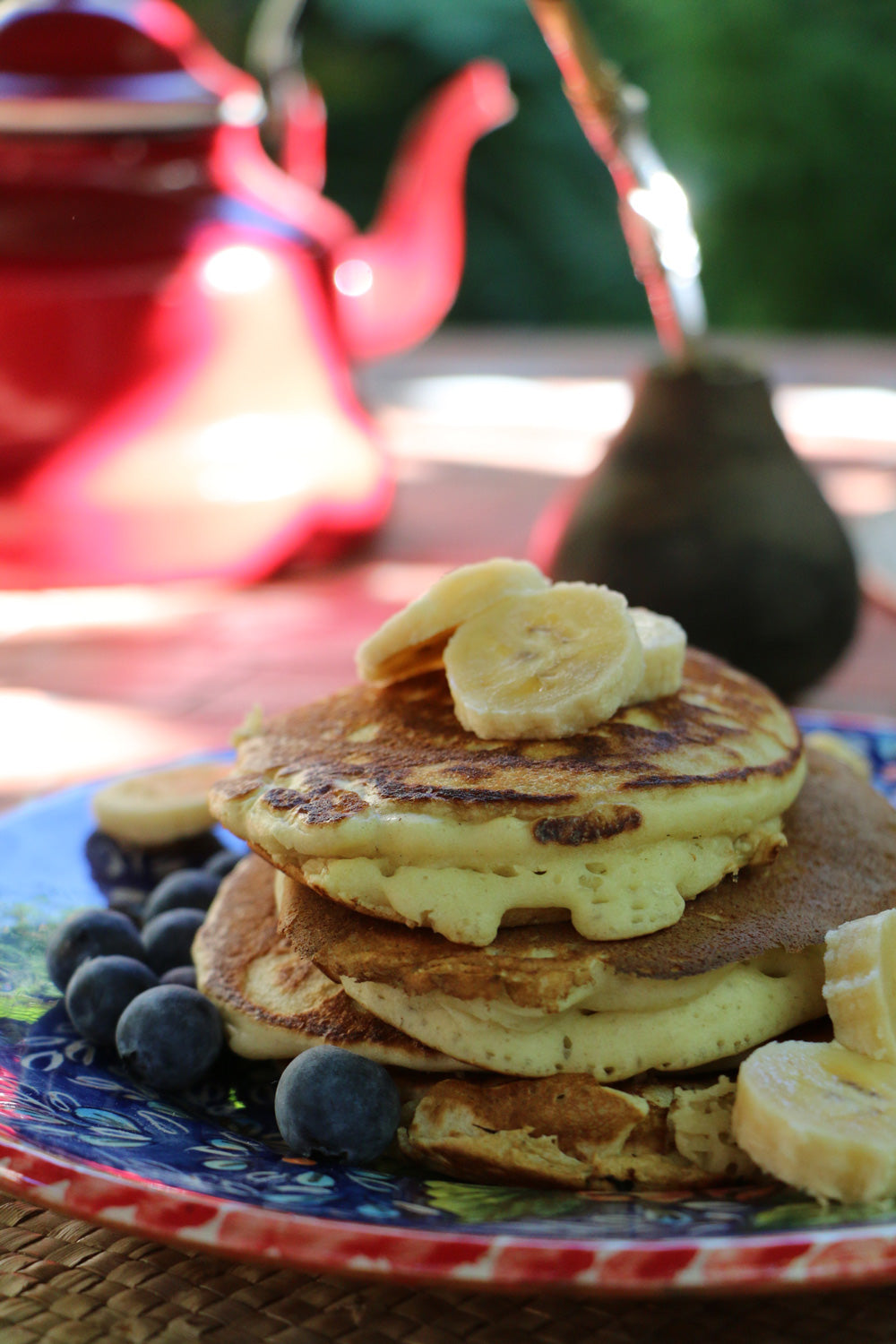The infussion. A global drink.
By Amelia Perez
This is the third post in my series of four beauty articles featuring flowers and plants. The tincture, The maceration with salt, The infusion, and The maceration with oil.
The autumn months bring days of varied weather conditions that cause a change in our habits. From our choice of clothing to our regime, everything adapts to the cold. With sunny days and low temperatures, colds and colds also come. Today I'm talking about a faithful companion of winter and colds, the infusion .
Enjoying my favorite infusion in my favorite cup makes the moment even more special. The secret is in the detail.

When I serve an infusion I always do it differently.
A global drink.
Japan, Argentina, Morocco or the United Kingdom, winter or summer, in some corner of the planet there is now someone enjoying an infusion. Infusions are the most consumed drinks in the world, only surpassed by water. Each culture has its version or way of preparing, serving and drinking it, customs that are part of its cultural and gastronomic fabric. Some of the best known are:
- Moroccan tea with mint
- Japanese matcha green tea with many benefits - present in our green tea soap
- The mate, popular in Argentina, Uruguay, Paraguay and Brazil.
- English tea , quite an event.
- The coffee. Yes, coffee is also an infusion.


Peppermint in the garden and an afternoon tea in the workshop.
What is an infusion?
The easiest way to extract the essential components of the fresh leaves and flowers is to prepare an infusion. A drink obtained from the leaves, flowers, roots, barks, fruits, or seeds of certain herbs and plants, which may or may not be aromatic. Specifically, hot water is poured onto said leaves, flowers, fruits or seeds, without this water reaching the boiling point .
"I love offering my guests an infusion, they haven't said no to me yet."
Is there a difference between a tea and an infusion?
All teas are infusions, but not all infusions are tea. Stated another way, tea is an infusion made from the buds, stems, and young leaves of the botanical species Camellia sinensis , a subtropical evergreen plant native to Asia but now cultivated throughout the world. Perhaps you know more about his first cousin, the camellia that we can find in our garden.

Pancakes and mate. My husband's favorite breakfast.
Preparation of my favorite infusion.
We are going to need:
- 2 sprigs of mint.
- 1 slice of fresh ginger or a pinch of ground ginger.
- 2 leaves of lemon grass.
- 1 sprig of rosemary. Learn more about the properties of rosemary .




Place them, washed and cut, in a glass bowl and add hot water to the boil (about 30g of fresh leaves or flowers for every 500ml of water; or 15g of the dried plant). Let the infusion stand, covered, for about 8 – 10 minutes, or until the water changes color. Drain through a strainer lined with muslin. It must be drunk that same day.
Our Green tea soap is made with matcha green tea and white tea. Learn more about the properties of green tea .
Chamomile has traditionally been recommended for indigestion and gas in a nursing baby. It can be added to bath water for aromatherapy or used in hair and facial lotions. The applications are endless. I only hope that this post has motivated you to learn more about aromatics, plants and the endless world that they hold for us.
___________________________________________
I wait for you in my next post: Maceration in oil


1 comment
Me ha encantado el post. Ademas soy una gran fan de las infusiones